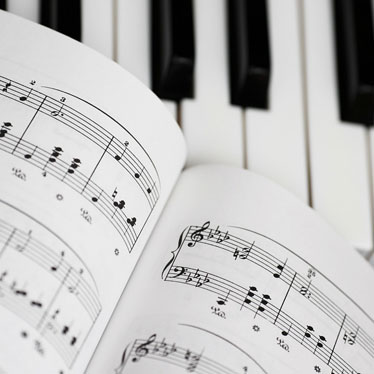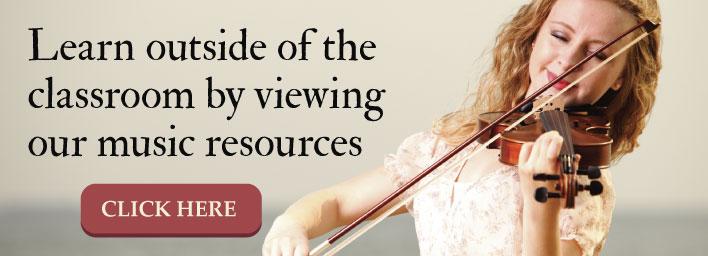Learn Sight Reading In 10 Minutes A Day

Sight-reading is an important skill for musicians. The ability to immediately recognize and read any composition for pitch and rhythm will help you during auditions, and during performances. Indeed, mastering this skill early on will save you tons of stress and disappointment, especially if you plan to employ your playing skills in a professional capacity, such as performing at receptions, weddings, or in other venues. And although every music student learns basic notation, being able to sight read offers numerous advantages. It helps you develop playing techniques quicker by allowing you to unconsciously interpret music on sight.
However, many students find it difficult to develop this ability. You can usually tell which players have it by watching their behaviors before a recital. The students who know how to sight read are calm and ready to play, while those who do not exhibit nervous fidgeting and similar body language.
Yet, the ability to sight read music isn’t some mystical talent. Indeed, it’s exactly like learning to play an instrument. Sure, some individuals are prodigies and possess a natural aptitude, but for the rest of us, regular, determined practice is required.
You can develop your sight-reading skills in as little as 10 minutes a day by following these simple steps. With a little dedication, in a few short weeks you’ll be able to effortlessly sight-read any piece of music.
Step 1. Gather your materials.
Obviously, when learning any new skill, having the proper materials available is the first step. Rather than relying on your instructional workbook, to quickly learn to sight read music you’ll need structured compositions to study. Products like Music for Sight Singing (a college resource textbook that can be purchased used for under $5 on Amazon) are specifically designed to spur your progress, or you may download free music online at sites like:
- Easy Sheet Music.com
- Free Sheet Music Guide.com
- Isabella Stewart Gardner Museum Music Library
- Free Sheet Music.net
When choosing your music, the most important thing to remember is that you’re looking for a variety of compositions that encompass the various aspects you’ll need to study. Include Treble, Bass, Alto, and Tenor clefs with numerous different time and key signatures. The materials you choose will orchestrate how quickly you develop your sight-reading skills.
Step 2. Solidify your ability to recognize notation.
As a music student, you’ve probably learned a few mnemonic tricks to help you swiftly identify the notes on the staff. But, if you still need to consciously determine the notes, this will be the first aspect you’ll need to master. You won’t need your instrument for any of these tasks, but remember, studying for a concentrated 10 minutes each day will produce amazing improvements.
Choose a piece of music and write the notes above the staff for each bar. Be sure to carefully check the key signature and indicate flats and sharps. Writing will help you quickly memorize the names of the notes.
Step 3. Comprehend larger parts—develop a less singular outlook.
Learning to sight read music is almost impossible if you approach it singularly. For example, while you’re reading this information, you aren’t consciously reading every single letter on the page. Your brain is automatically processing groups of letters into words, phrases, and sentences. Sight-reading music is the same.
Instead of focusing on each note, visually—or with pencil marks—assess the downbeats of the measure in regular or cut time. By looking at a larger portion of the music, you’ll develop the ability to quickly “hear” the melody.
Step 4. Learn to recognize patterns and tricky rhythms
Many musical scores feature well-known scale fragments and arpeggios. This is where your practice in looking at and comprehending larger music sections will really pay off. Concentrate on being able to identify melodic lines that consist of ascending or descending scale fragments.
For rhythms that include a number of rests, again, you’ll want to look at the measure with a comprehensive view rather than getting hung up on tedious counting. A good way to practice is to speak the notes and rests at an extremely reduced tempo and then gradually increase it.
Additional Sight-reading Tips
- Prepare yourself to totally concentrate for those 10 minutes, and set a timer so that you won’t be distracted by anything. Complete concentration is essential at first.
- Commit the key and time signature to memory, and then skim the piece for any trouble spots.
- Visualize the piece in cut time and scan it for any scale fragments or arpeggios.
- Just like a performance, if you make a mistake while reading, don’t stop.
Sight-reading is a skill that anyone can develop with practice. If you dedicate 10 minutes each day to developing your ability, it will not be long before you are able to effortlessly interpret the most complicated compositions with ease.


